I. Introduction
A. The Unpleasant Reality of Cat Pee Stains and Odors
Cat owners are all too familiar with the unpleasant surprise of discovering cat pee stains and odors on their bedding. These accidents can be frustrating and difficult to remove, leaving behind lingering smells and unsightly marks. However, with the right approach and knowledge, you can effectively eliminate cat pee from your bedding, restoring its cleanliness and freshness.
B. The Importance of Prompt Action
The key to successfully removing cat pee stains and odors is to act quickly. The longer the urine sits, the more it soaks into the fabric and becomes harder to remove. Fresh urine stains are much easier to tackle, so the moment you discover the accident, it’s crucial to address the issue immediately.
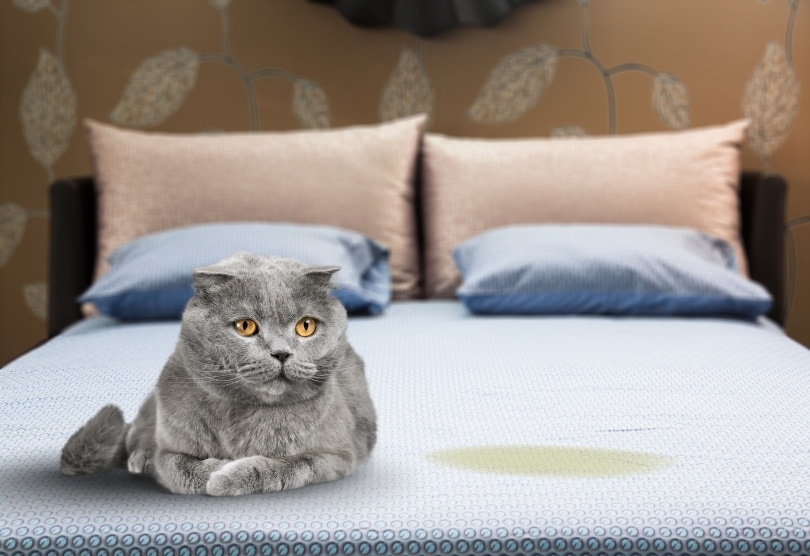
II. Gathering the Necessary Supplies
A. Essential Tools and Cleaning Solutions
Before embarking on the stain-removal mission, ensure you have the necessary supplies:
- White Vinegar: A mild yet effective odor neutralizer that helps break down ammonia in cat urine.
- Baking Soda (Optional): A natural absorbent and odor neutralizer that can aid in stain removal.
- Hydrogen Peroxide (3%) (Optional): A disinfectant that can help kill bacteria and remove stubborn stains.
- Enzyme Cleaner: A specialized cleaning solution designed to break down the organic components of cat urine, eliminating both stains and odors.
- Rubber Gloves: Protect your hands from direct contact with urine and cleaning agents.
- Spray Bottle: A convenient tool for applying vinegar and other solutions to the affected area.
- Paper Towels or Clean Cloths: Absorb excess urine and apply cleaning solutions.
- Bucket or Sink: For mixing cleaning solutions and rinsing the bedding.
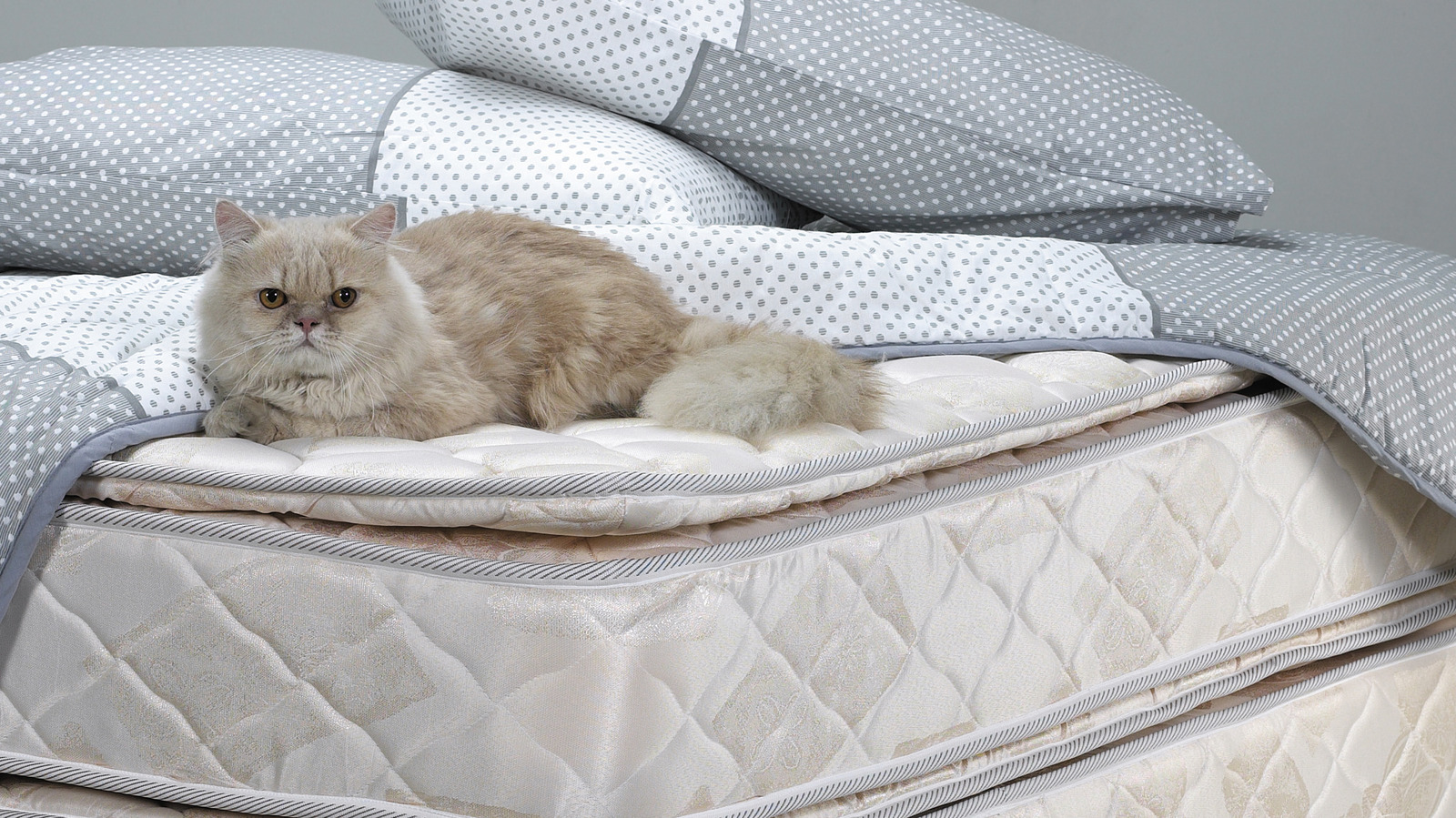
III. Step-by-Step Guide to Removing Cat Pee Stains and Odors
A. Blot Up Excess Urine
-
Don the Gloves: Wear rubber gloves to protect your hands from contact with urine and cleaning agents.
-
Act Quickly: The sooner you address the accident, the easier it will be to remove the stain and odor.
-
Blot, Don’t Rub: Using paper towels or clean cloths, gently blot up as much excess urine as possible. Avoid rubbing, as this can spread the stain and make it worse.
-
Dispose of Contaminated Materials: Properly dispose of soiled paper towels or cloths to prevent the spread of odors.
B. Pre-Treat with Vinegar (Optional)
-
Vinegar Solution: Mix equal parts white vinegar and water in a spray bottle. This creates a mild cleaning solution that helps neutralize odors.
-
Apply Vinegar Solution: Lightly spray the affected area with the vinegar solution. Avoid saturating the fabric.
-
Let Sit: Allow the vinegar solution to sit for 5-10 minutes to neutralize ammonia odors before moving on to the next step.
C. Apply Baking Soda (Optional)
-
While Vinegar Sits: While the vinegar solution is working its magic, sprinkle baking soda generously over the wet area.
-
Absorbent and Odor Neutralizer: Baking soda acts as an absorbent, drawing out moisture and helping lift some stains. It also helps neutralize odors, making the cleaning process more pleasant.
D. Rinse with Clean Water
-
Remove Baking Soda: After the pre-treatment, use clean water to rinse the affected area thoroughly. Ensure all traces of baking soda are removed to prevent any residue buildup.
-
Remove Vinegar Residue: It’s important to remove all traces of the vinegar solution as well to prevent any lingering odors from vinegar itself.
-
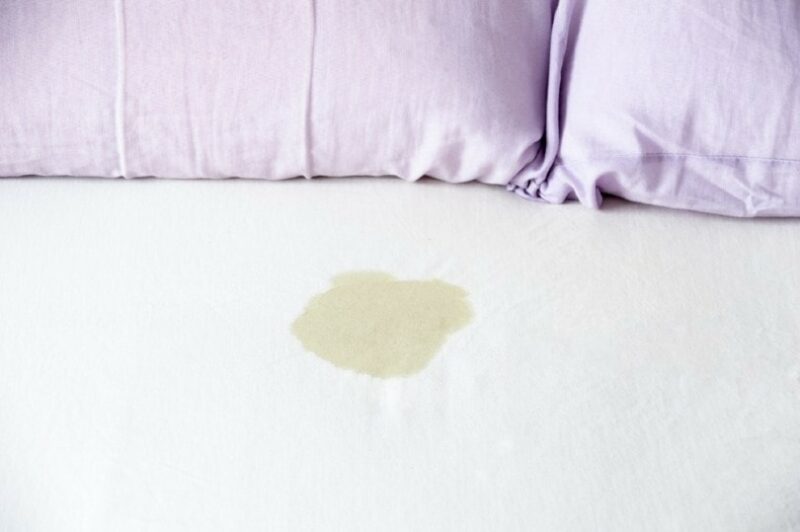
E. Apply Enzyme Cleaner
-
Choose an Enzyme Cleaner: Select an enzyme cleaner specifically designed for pet stains. These cleaners contain enzymes that break down the organic components of cat urine, permanently removing the stain and odor.
-
Follow Instructions: Read and follow the manufacturer’s instructions carefully for proper application of the enzyme cleaner. Different brands might have slightly different application methods.
-
Allow Enzyme Cleaner to Work: Let the enzyme cleaner sit on the stain for the recommended time, typically 30 minutes to an hour. This allows the enzymes to break down the urine completely.
F. Wash the Bedding
-
Check Care Label: Before washing the bedding, refer to the care label for specific washing instructions. Some fabrics might require special care or have temperature limitations.
-
Hottest Water Cycle: Wash the bedding in the hottest water cycle possible that is safe for the fabric.
-
-
Hot water helps kill bacteria and loosen any remaining residue from the stain.
-
Detergent: Use a laundry detergent suitable for your washing machine. Consider an enzyme-based detergent for added stain-fighting power.
-
Additional Vinegar: Consider adding an additional cup of white vinegar to the wash cycle to further neutralize any lingering odors. However, skip this step if the care label advises against using vinegar on the fabric.
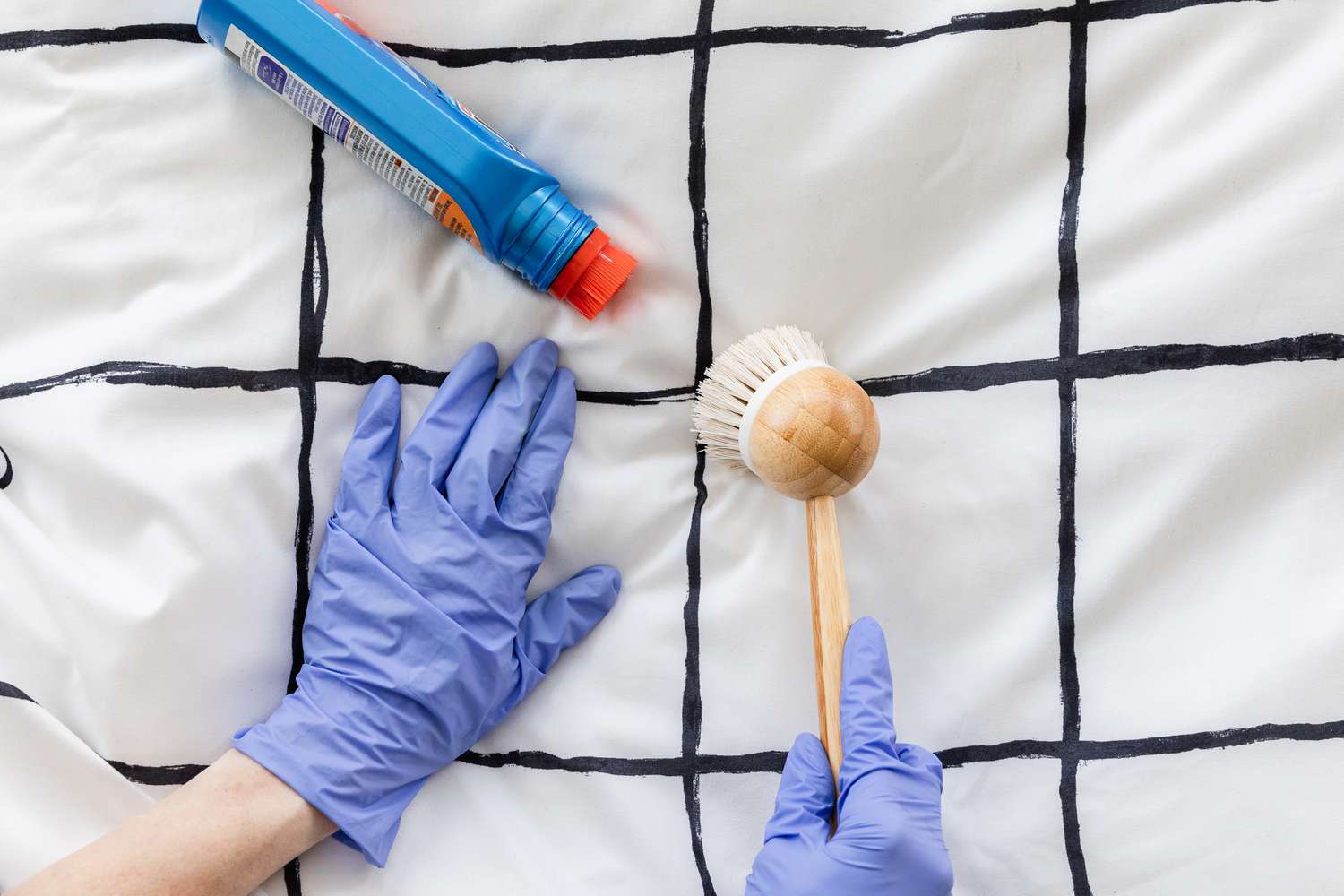
G. Air Dry (Optional)
-
Sunlight Exposure: If possible, air dry the bedding outdoors in direct sunlight. Sunlight is a natural disinfectant and helps kill bacteria that might contribute to odors.
-
Odor-Killing and Disinfecting: Sunlight exposure can also help eliminate any remaining odors from the cat urine. The fresh air further aids in the drying process.
H. Repeat if Necessary
-
Stubborn Stains: If the stain or odor persists after following these steps, you might need to repeat the cleaning process.
-
Patience is Key: Especially for older or deeply set stains, multiple cleaning sessions might be necessary for complete removal.
I. Professional Cleaning
-
Delicate Fabrics: For delicate fabrics or stubborn stains, consider professional cleaning services. Professionals have the expertise and specialized cleaning solutions to tackle even the most challenging stains.
-
Peace of Mind: Professional cleaning can offer peace of mind, especially for valuable or delicate bedding items.
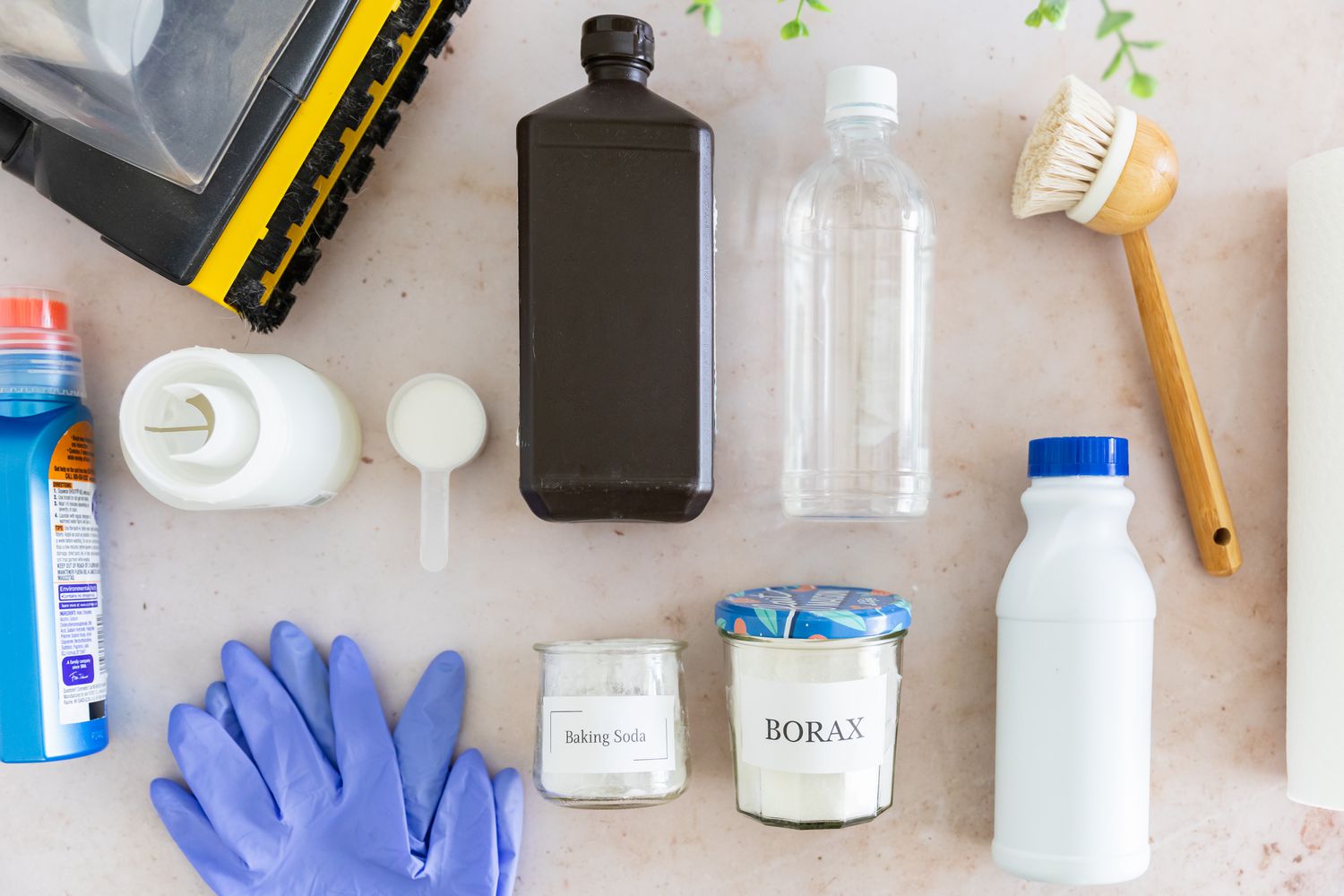
IV. Additional Tips for Success
A. Avoid Harsh Chemicals
-
No Bleach or Ammonia: Never use bleach, ammonia, or other harsh chemicals on cat urine stains. These chemicals can damage the fabric, set the stain, and potentially release harmful fumes.
-
Test in an Inconspicuous Area: Before applying any cleaning solution directly to the stain, test it on an inconspicuous area of the bedding to ensure it doesn’t cause discoloration.
B. Address the Underlying Cause
-
Identify the Reason: Once you’ve tackled the stain and odor, it’s crucial to address the underlying cause of the cat’s inappropriate urination. This could be a medical issue, stress, litter box problems, or behavioral concerns.
-
Consult a Veterinarian: If you suspect a medical reason for the urination, consult your veterinarian for a proper diagnosis and treatment plan.
-
Improve Litter Box Appeal: Ensure the litter box is clean, accessible, and in a quiet location. Experiment with different litter types to see what your cat prefers.
-
Provide Enrichment: Cats need mental and physical stimulation. Offer scratching posts, toys, and climbing structures to reduce stress and provide outlets for their natural behaviors.
V. Conclusion: A Fresh Start for Your Bedding and Your Cat
By following these steps and addressing the underlying cause of the urination, you can effectively eliminate cat pee stains and odors from your bedding. This not only ensures a clean and fresh sleeping environment for you but also helps prevent future accidents by addressing your cat’s needs. With a little patience and the right approach, you can restore harmony and a fresh start for both your bedding and your feline companion.
-